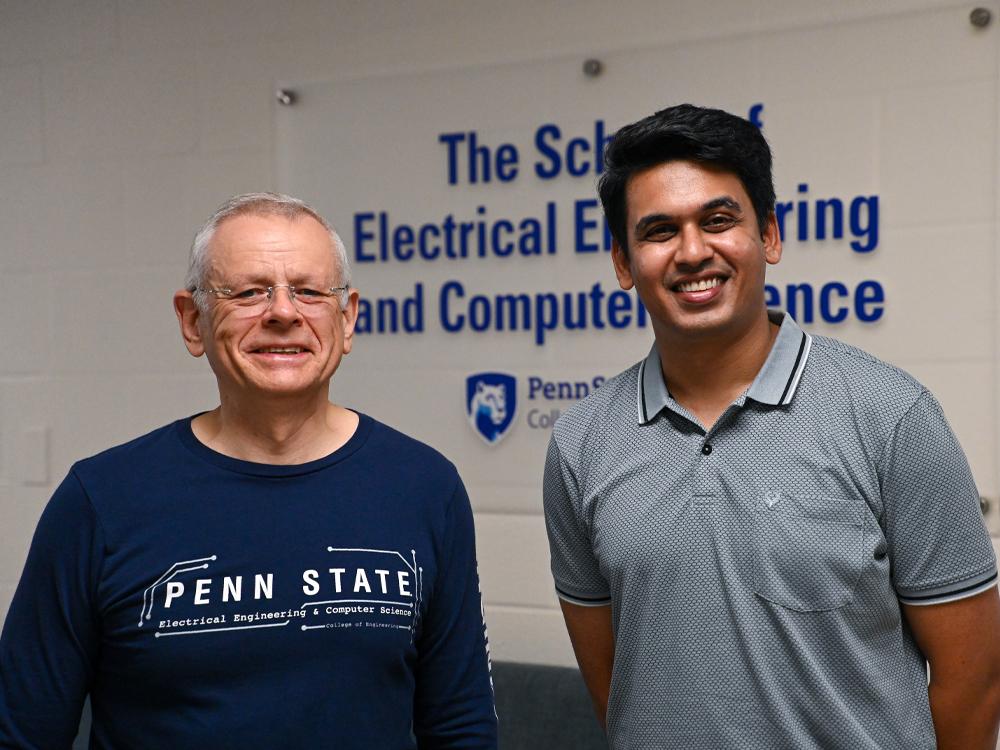We reach more than 65,000 registered users in Dec!! Register Now

A bolt is born! Atmospheric events underpinning lightning strikes explained
- August 29, 2025
- 12 Views
- 0 Likes
- 0 Comment
Though scientists have long understood how lightning strikes, the precise atmospheric events that trigger it within thunderclouds remained a perplexing mystery. The mystery may be solved, thanks to a team of researchers led by Victor Pasko, professor of electrical engineering in the Penn State School of Electrical Engineering and Computer Science, that has revealed the powerful chain reaction that triggers lightning.
Our findings provide the first precise, quantitative explanation for how lightning initiates in nature," Pasko said. "It connects the dots between X-rays, electric fields and the physics of electron avalanches."
The team used mathematical modeling to confirm and explain field observations of photoelectric phenomena in Earth’s atmosphere — when relativistic energy electrons, which are seeded by cosmic rays entering the atmosphere from outer space, multiply in thunderstorm electric fields and emit brief high-energy photon bursts. This phenomenon, known as a terrestrial gamma-ray flash, comprises the invisible, naturally occurring bursts of X-rays and accompanying radio emissions.
Expand
Zaid Pervez, a doctoral student in electrical engineering, used the model to match field observations — collected by other research groups using ground-based sensors, satellites and high-altitude spy planes — to the conditions in the simulated thunderclouds.
“We explained how photoelectric events occur, what conditions need to be in thunderclouds to initiate the cascade of electrons, and what is causing the wide variety of radio signals that we observe in clouds all prior to a lightning strike,” Pervez said. “To confirm our explanation on lightning initiation, I compared our results to previous modeling, observation studies and my own work on a type of lightning called compact intercloud discharges, which usually occur in small, localized regions in thunderclouds.”
Published by Pasko and his collaborators in 2023, the model, Photoelectric Feedback Discharge, simulates physical conditions in which a lightning bolt is likely to originate. The equations used to create the model are available in the paper for other researchers to use in their own work.
In addition to uncovering lightning initiation, the researchers explained why terrestrial gamma-ray flashes are often produced without flashes of light and radio bursts, which are familiar signatures of lightning during stormy weather.
“In our modeling, the high-energy X-rays produced by relativistic electron avalanches generate new seed electrons driven by the photoelectric effect in air, rapidly amplifying these avalanches,” Pasko said. “In addition to being produced in very compact volumes, this runaway chain reaction can occur with highly variable strength, often leading to detectable levels of X-rays, while accompanied by very weak optical and radio emissions. This explains why these gamma-ray flashes can emerge from source regions that appear optically dim and radio silent.”
List of Referenes
- Victor P. Pasko, Sebastien Celestin, Anne Bourdon, Reza Janalizadeh, Zaid Pervez, Jaroslav Jansky, Pierre Gourbin. Photoelectric Effect in Air Explains Lightning Initiation and Terrestrial Gamma Ray Flashes. Journal of Geophysical Research: Atmospheres, 2025; 130 (14) DOI: 10.1029/2025JD043897
Cite This Article as
No tags found for this post









